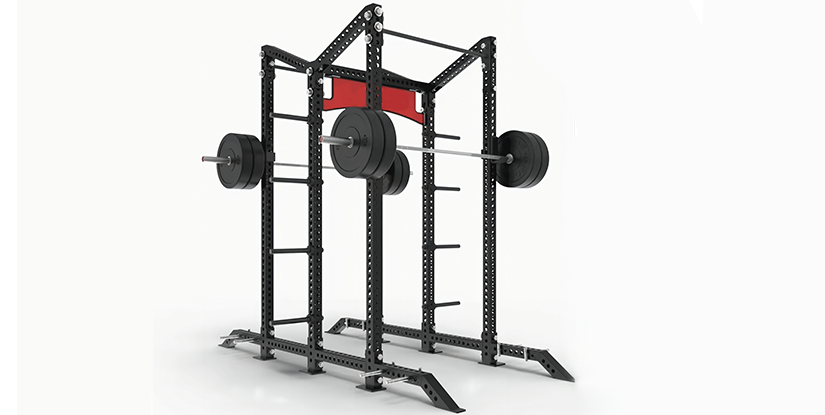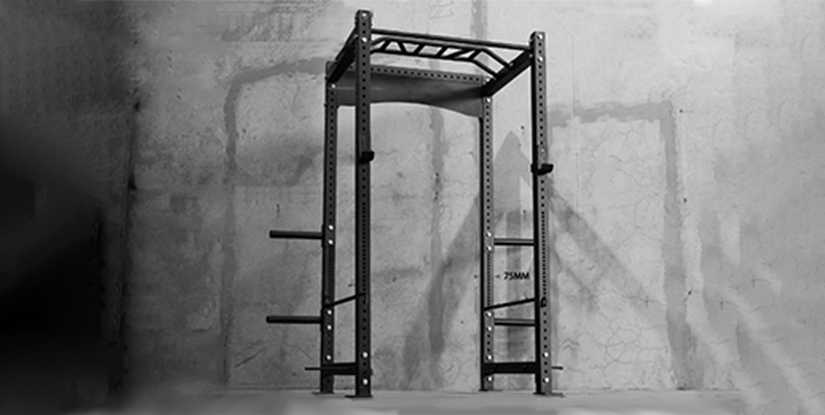The first time I looked into getting a folding squat rack, I wasn’t sure if it would hold up in a small training space. Floor space was tight, budget wasn’t unlimited, and I needed something solid for squats, bench, pull-ups — nothing crazy, maybe up to 300 lbs.
I kept going back and forth between a standard rack and one that folds. At first, I figured the only real difference was storage. But once I started digging, there was way more to it.
What’s the Real Difference?
When I first started comparing a regular squat rack and a folding squat rack, I thought it’d be a quick choice. But it wasn’t. Once I broke it down, each one had legit pros and cons — especially in tight training spaces where every inch counts.
I looked at five things:
👉 Footprint, stability, versatility, setup, and daily use.
Here’s how it shook out for me:
| Feature | Folding Squat Rack | Regular Squat Rack |
|---|---|---|
| Footprint | Folds flat, saves major floor space | Takes up space 24/7 |
| Stability | Stable when bolted, but needs solid wall | Rock-solid all the time |
| Versatility | Great for most lifts, but limited add-ons | Easier to customize with attachments |
| Setup | Takes some install work (wall mounting) | Easier — just set and forget |
| Daily Use | Fold/unfold daily if space is tight | Always ready to go |
So yeah — folding racks win on saving space. They’re super efficient if you’ve got a tighter layout. But they do need wall space and proper install.
On the flip side, regular racks feel bombproof. No folding, no shifting. They just stand there ready to go. But they’re bulkier — and that can be a dealbreaker if floor space is limited.
For me? Space was the big one. I needed room to move between clients and didn’t want gear always in the way. That’s what tipped the scale.

How Folding Squat Racks Actually Work
Honestly, I didn’t totally get how a folding squat rack worked until I saw one in action. At first, I thought it would be flimsy or awkward — but it’s not. Once it’s mounted right, it’s solid.
Basically, these racks bolt into a wall — either directly into concrete or into strong studs. Once secured, the uprights swing out when you’re ready to lift and fold back in when you’re done. Some fold inward, others outward, depending on the design.
When folded, they sit nearly flat against the wall. It’s a total win if you’re tight on space between sessions.
Here’s what I learned while setting one up:
- You need a solid wall. Drywall won’t cut it.
- Make sure the rack can fully open. Don’t crowd it with other equipment.
- Level floors matter. Any tilt and the whole thing gets weird.
- Use good hardware. Don’t cheap out on bolts or anchors — trust me.
Also, a small thing but important — mark the floor where the uprights swing out to. It helps clients know where to rack up and keeps things consistent between users.
If you install it right, it’s just as strong and safe as a regular rack. But way more space-smart.
If space is tight but you still want full functionality, a folding squat rack just makes sense. It’s clean, solid, and gets the job done without hogging your floor.

Hi, I’m the editor here at Leadman Fitness. We’re a manufacturer focused on producing top-quality barbells, plates, kettlebells, dumbbells, and strength training gear. I’ve been into sports and fitness for years, and I know my way around all kinds of gym equipment—both from using it and helping create it.
I spend a lot of time understanding the real problems people run into in the gym—whether it’s beginners trying to pick the right gear or experienced lifters looking for something more durable. I stay in close touch with our production team and talk directly with other equipment makers, so we’re always improving based on what real lifters and coaches are looking for.
What I share comes from hands-on experience—stuff that actually helps people train better, not just in theory, but in real gyms.
